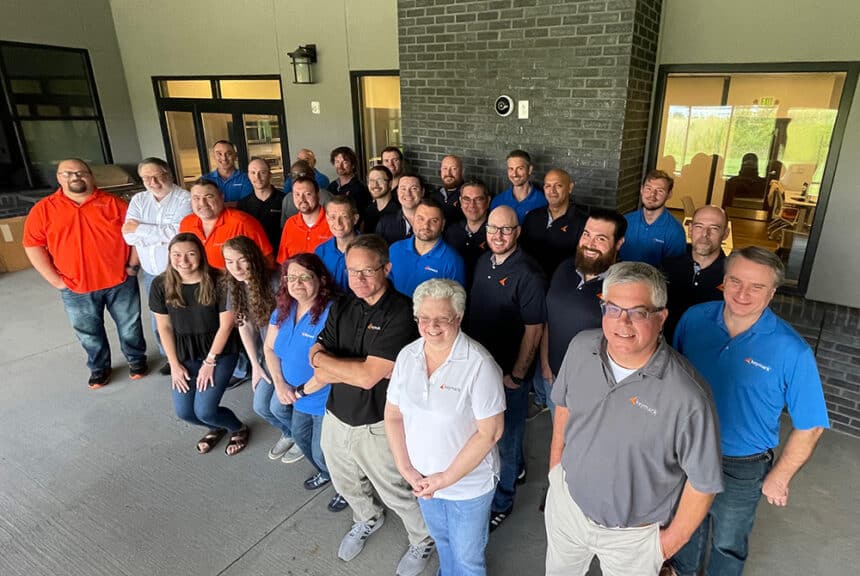Robotic Process Automation for Logistics Companies, Part 2
In an earlier post, we discussed the first use case of Robotic Process Automation (RPA) for the transportation and logistics industry with shipment scheduling and tracking. Below, we discuss two additional use cases.
2. Invoicing and Credit Collections
In addition to streamlining shipment scheduling and tracking, RPA can help you optimize collection processes as well. Now you can automate the entire order-to-cash cycle by using RPA to interface with your customers’ freight bill payment portals. This ability is pretty remarkable when you consider that, for many large 3PL carriers, the number of portals that need to be accessed can run into the hundreds.
By integrating your internal systems with your customers’ portals, you can eliminate re-keying data, cutting and pasting information and manually attaching documents. RPA is capable of automatically extracting shipping data, attaching scanned PODs, invoices and other documents. Best of all, these transactions update to the customer portals in seconds – not hours or days.
The benefits of automating your collections are clear. Not only can you expedite invoicing and receive payments more quickly, you can also ensure 100% accuracy of invoices and eliminate manually updating B2B portals of payment processors and shippers. In turn, you’re free to focus on monitoring payment collections more closely, helping you avoid delays in payments and resolve payment disputes in a timely manner.
3. Order and Inventory Tracking
Many 3PL providers today have agreements with dozens or even hundreds of carriers, payment processors and suppliers in order to access markets they may not be able to serve directly. The good news is that these relationships afford you opportunities to expand your business. The bad news is that they also significantly increase the amount of manual data entry required to process shipping and invoicing information.
For example, let’s say one of your CSRs needs to respond to a customer inquiry about a recent shipment. Your CSR would need to access a provider’s system to capture the shipment’s PRO number, track/trace information and/or invoice amount. This data is then re-keyed into your system, as well as your customer’s system, to keep everything updated. Once the delivery has actually taken place, the CSR would need to capture the bill of lading, carrier invoice and any supporting documentation, then re-key or cut-and-paste the information into your system.
Such a simple request should not be – and doesn’t have to be – so labor-intensive. With RPA, the software robot can automatically access the carrier’s website to capture each shipment’s PRO number, track and trace information and invoice amount. The appropriate validation is performed every step of the way, and, as a result, your CSR is only involved if there’s an exception or a discrepancy.
Staying Ahead of an Industry on the Move
To say that the transportation and logistics industry is rapidly evolving is an understatement. According to a recent Transparency Market Research report, the global IT robotic automation market will reach $4.98 billion by 2020.
As an up-and-coming technology, RPA is already playing a significant role in this transformation because it’s capable of delivering an immediate cost savings of 25% – 50% according to the Institute for Robotic Process Automation.
The transportation and logistics companies that leverage RPA technology effectively are those that will most likely drive down costs, enhance profit margins and improve overall customer satisfaction, all while gaining an edge over their competition.
Are you ready to learn more about the benefits of RPA? We can help you identify the core manual processes that inhibit efficiency at your organization and automate those processes in ways that will ultimately yield tangible and long-lasting results. Contact us today for more information.
Take the Next Step
We can help you decide pretty quickly whether this would be a good fit for your organization. With 20+ years of experience in automation, we just need about 5 minutes of Q&A.



